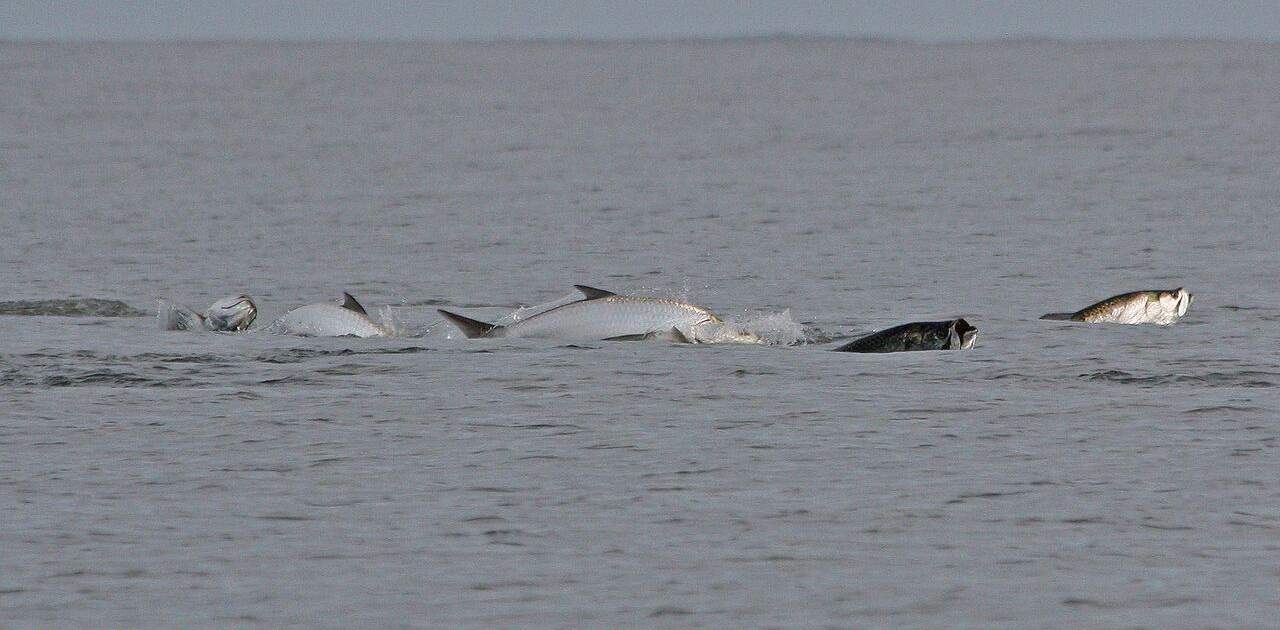A collaboration between the Costa Rican Federation of Tourist Fishing (FECOP) and the Bonefish and Tarpon Trust (BTT) aims to position Costa Rica as a global leader in tarpon conservation. This iconic species is vital to the Costa Rican Caribbean, especially in Barra del Colorado, where it supports local communities and the economy.
“For decades, tarpon has sustained the community of Barra del Colorado, particularly in terms of labor,” said Eduardo Pérez of Kawe Lodge and current president of the Barra del Colorado South Eco-Tourism Association. He estimates that the tarpon population has decreased by 40%, which threatens “the daily sustenance of many households.”
Sport fishing is a significant contributor to Costa Rica’s economy. In 2019 alone, it generated nearly $500 million, according to a FECOP study cited by Marina Marrari, the federation’s executive director. The organization works to protect the fish species that are central to Costa Rica’s sport fishing industry, including tarpon, which attracts anglers from around the world.
Through their collaboration with FECOP, BTT leaders have identified key areas for conservation efforts, including education on best practices for handling fish. According to BTT’s Adams, Costa Rica’s tarpon habitat is in good condition compared to other regions, like Florida. As a result, the focus has shifted to educating local guides and fishermen on the correct handling of tarpon during catch and release fishing.
Catch and release is a popular conservation practice, but it only benefits the species if the fish survives. Limiting the fight to 30 minutes and ensuring the tarpon remains in the water significantly increases the fish’s survival rate. If these guidelines are followed, the fish has a 90% chance of survival after release. However, if the fight exceeds 30 minutes or the fish is removed from the water, the survival rate drops to 50-60%.
Griffin, a BTT expert, highlighted Texas as a cautionary example of the impact of poor fishing practices. In the 1960s, Texas was considered the world’s tarpon fishing capital, but its population plummeted due to unsustainable fishing methods. Florida later took the lead, and only now are there signs of a recovery in Texas’s king tarpon population.
Even if local guides are trained in proper catch and release techniques, they may still face pressure from tourists eager to take a “trophy photo” with the tarpon. To combat this, FECOP is working on translating BTT’s materials on best practices so hotels can distribute this information to guests.
“It’s important for hotels to include these guidelines in their tourist orientation,” Adams explained. “This reduces the pressure on guides when tourists ask to take tarpon out of the water. It’s also crucial that fishing guides promote best practices on their social media platforms by sharing photos that demonstrate responsible fishing.”






